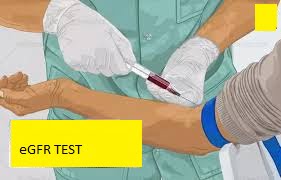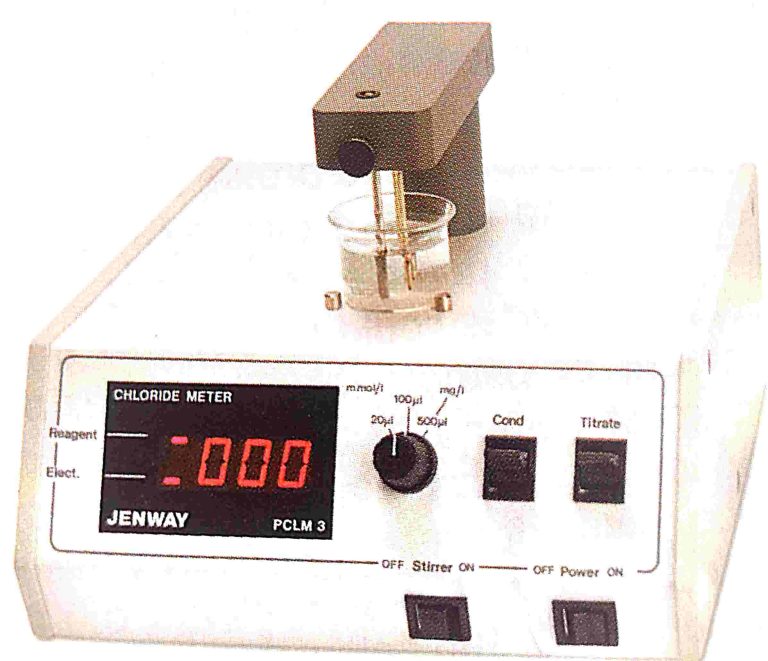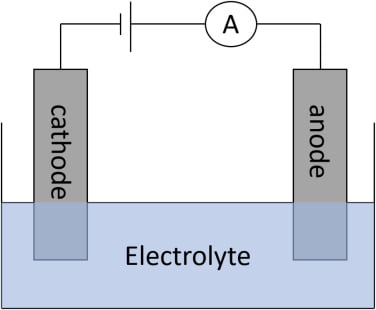
- Introduction eGFR test
- Purpose of the eGFR Test
- Work of eGFR test
- Calculating eGFR
- eGFR Range
- Factor affecting eFR test
- Importance and Benefits of eGFR Testing
- Limitations
- Conclusion
Table of Contents
Introduction:-
The estimated Glowmerular Filtration Rate eGFR test is a crucial tool used to assess kidney function. It helps determine how well the kidneys are filtering blood, specifically by estimating how much blood passes through the glowmeruli each minute. The glowmeruli are tiny filters in the kidneys that remove waste products from the blood. Here is a detailed study of the eGFR test, broken down into key aspects for better understanding.
Purpose of the eGFR Test:-
- The primary purpose of the eGFR test is to evaluate kidney function. It is commonly used to:
- Detect kidney disease:- Especially in its early stages when there are no symptoms.
- Monitor kidney disease progression:- In patients already diagnosed with chronic kidney disease (CKD).
- Guide treatment:– Helping doctors make decisions about medications and other therapies.
- Evaluate overall kidney health:- As part of routine check-ups, especially in individuals at risk for kidney problems.
Work:-
The most commonly used formula for calculating eGFR is the CKD-EPI (Chronic Kidney Disease Epidemiology Collaboration) equation, which considers:
- Serum creatinine level (mg/dL or µmol/L)
- Age
- Sex
- Race (specific adjustments are made for African Americans due to differences in muscle mass)
eGFR Range:-
- The eGFR is expressed in milliliters per minute per 1.73 square meters (mL/min/1.73 m²). The ranges typically used to categorize kidney function are:
- Normal (≥90 mL/min/1.73 m²):- Kidneys are functioning well. However, values at the lower end may indicate early kidney disease if accompanied by other signs.
- Mildly decreased (60-89 mL/min/1.73 m²):– Indicates slightly reduced kidney function. May require monitoring.
- Moderately decreased (30-59 mL/min/1.73 m²):– Suggests moderate kidney disease, often necessitating more frequent monitoring and management.
- Severely decreased (15-29 mL/min/1.73 m²):– Indicates severe kidney disease, often accompanied by symptoms like swelling and fatigue.
- Kidney failure (<15 mL/min/1.73 m²):– Often requires dialysis or kidney transplantation.
Factor affecting eGFR test:-
- Several factors can affect eGFR readings, including:
- Age:- Kidney function naturally declines with age.
- Muscle mass:- Higher muscle mass can lead to higher creatinine levels, potentially lowering eGFR.
- Diet:- High protein intake can temporarily raise creatinine levels.
- Medications:- Certain drugs can affect creatinine levels and eGFR readings.
- Hydration status– Dehydration can falsely lower eGFR, while overhydration can raise it.
Importance and Benefits of eGFR Testing:-
- Early Detection:- It detect kidney disease in its early stages, allowing for timely intervention.
- Monitoring Disease Progression: Regular eGFR tests help track the progression of kidney disease and the effectiveness of treatment.
- Treatment Guidance: eGFR results inform medical decisions, such as medication adjustments and the need for dialysis.
- Preventing Complications: Early and ongoing eGFR monitoring helps prevent complications associated with chronic kidney disease, such as cardiovascular disease and anemia.
Limitations of the eGFR Test:-
- While the eGFR test is valuable, it has limitations:
- Not a Direct Measure: eGFR is an estimate, not a direct measurement of kidney function.
- Variable Accuracy: Factors like extreme muscle mass, diet, and certain health conditions can affect accuracy.
- Population Specific: Most eGFR equations are calibrated for specific populations and may be less accurate for others.
Conclusion:-
The eGFR test is a fundamental tool in nephrology, providing essential insights into kidney health. It allows for early detection, monitoring, and management of kidney disease, contributing to better outcomes for patients. Despite its limitations, the test’s non-invasive nature and the wealth of information it provides make it indispensable in both routine health check-ups and the management of chronic conditions. Regular eGFR testing is crucial for anyone at risk of kidney disease, enabling proactive measures to maintain kidney health and overall well-being.
What is a good eGFR for kidneys?
In adults, the normal eGFR number is more than 90
When should I worry about eGFR?
In general, an eGFR value lower than 60 is a sign that your kidneys may not be working properly




